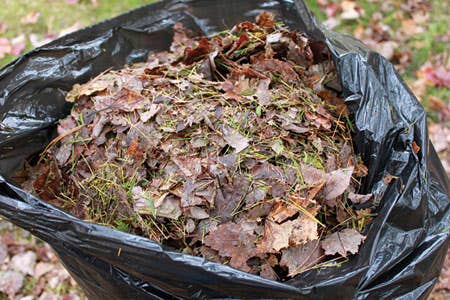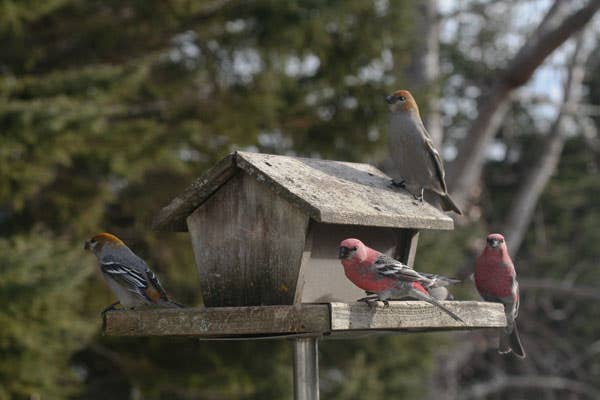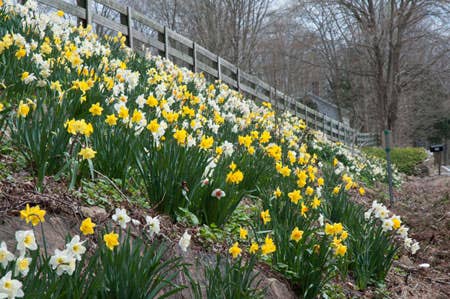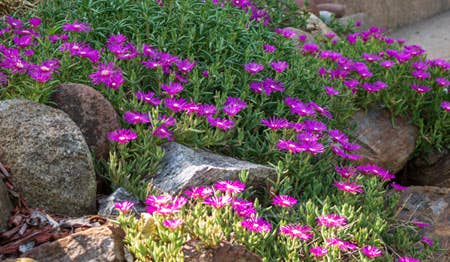Seed Storing
I know that it is important to store seeds where they are cool and dry, but I am wondering if it would be even better if I kept my leftover seeds in the freezer…
Question: I know that it is important to store seeds where they are cool and dry, but I am wondering if it would be even better if I kept my leftover seeds in the freezer.
—Indianapolis, IN
Answer: The two most important factors affecting the longevity of seeds are temperature and humidity, hence the recommendation to store seeds in a cool, dry location. Placing seeds inside air-tight containers with a packet of silica gel desiccant generally serves to ensure dryness. The container should be of the screw-top kind that has a rubber gasket, such as peanut butter jar or canning jar.
As a general rule of thumb, seeds lose half their storage life for every 10°F increase in temperature between 32° and 90°. So refrigerators are excellent places to store containers containing leftover seed. According to Kent Whaley, the executive director of the Seeds Savers Exchange in Decorah, Iowa, seeds will indeed survive the longest if they are frozen. However—and this is an important warning—the seeds must first be completely dry. Seeds that are not dry will be damaged by the formation of ice crystals. An indicator of sufficient dryness is brittleness. A dry bean, for example, should shatter when struck by a hammer, not simply be mashed.
While seed banks that are in the business of germ plasm preservation do store seeds at subzero temperatures, most gardeners are probably safer storing their extra seeds in an ordinary refrigerator.
In addition to the majority of conventional flower and vegetable seeds for which these guidelines are true, there are also a number of desiccation-sensitive seeds that cannot be dried or exposed to freezing temperatures. Seeds of tropical plants such as coffee and cacao, for example, must remain moist and are injured by temperatures below 50 °F. Such seeds need to be sown when still fresh.







